This is actually the correct sequence of things! The bicone icon not vanishing on your map is an oversight - the 9 bicones you saw in the cutscene are all the Bicones. I would say your level is at the correct level for this fight, though - it's a hard fight. At the end of all this you'll be able to keep exploring Era BTW if you choose to keep playing.
If you prefer to go back to the overworld there's a hacky debug menu way to do it - use the Levels submenu in the debug menu (instructions on how to open it here). I'd suggest picking Laigen/Dublin -> DublinTownMain to go back to Laigen
https://steamcommunity.com/app/2393920/discussions/0/846244042087933126/
Just make sure you disable debug mode afterwards!
And as a last note if you do the debug method, you'll have to also use it to warp back into Throne (Levels -> Throne -> ThroneInterior).



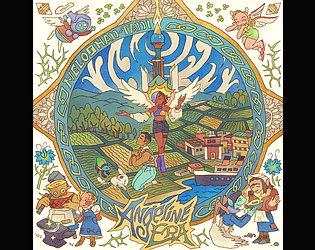
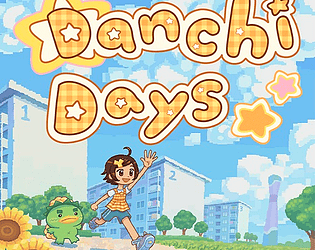

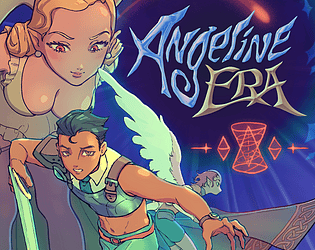
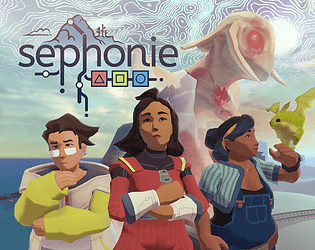
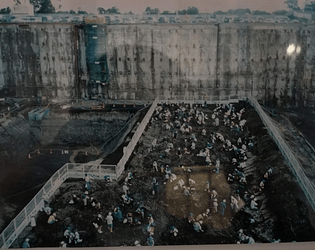

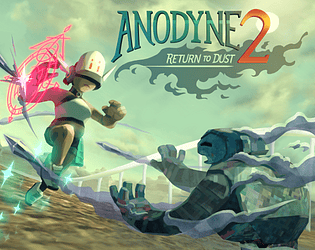
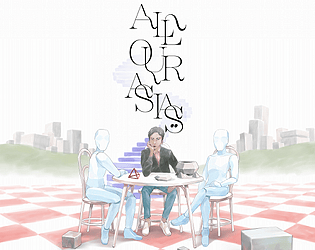
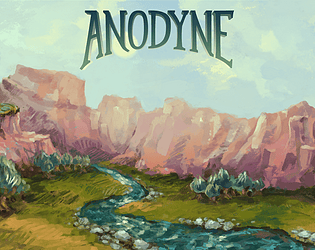
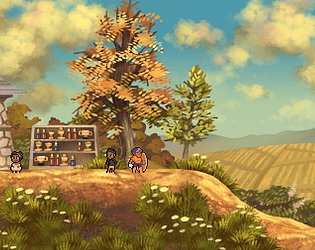
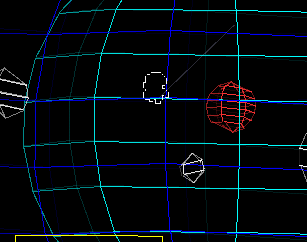


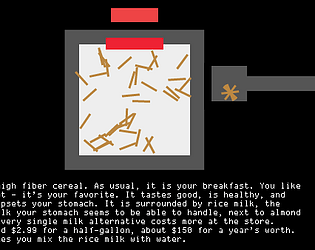

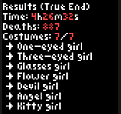 Melos Victory (Clear time more around 4 hours i think, left it running sometimes)
Melos Victory (Clear time more around 4 hours i think, left it running sometimes)